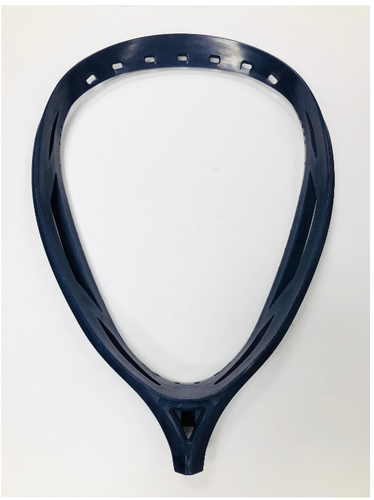Popular Lacrosse Heads
See more Popular Lacrosse Heads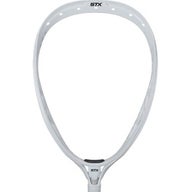
STX Eclipse 2
23 Available
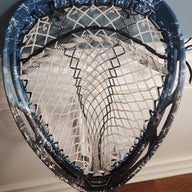
ECD Lacrosse Impact
11 Available

Under Armour Command
79 Available

ECD Lacrosse Impact
10 Available
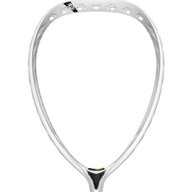
Warrior Nemesis 3
13 Available

Warrior Nemesis 3
12 Available
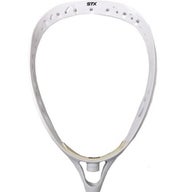
STX Eclipse
7 Available
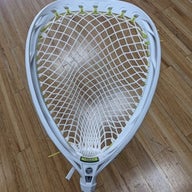
Warrior Nemesis QS
6 Available
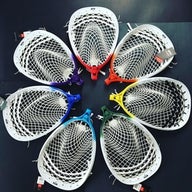
StringKing Mark 2G
4 Available

Warrior Nemesis
6 Available
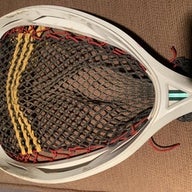
Warrior Nemesis
6 Available

STX Shield
10 Available
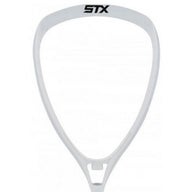
STX Shield
6 Available

STX Eclipse 2
4 Available
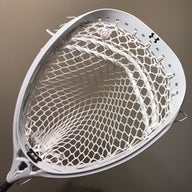
Under Armour Headline
4 Available
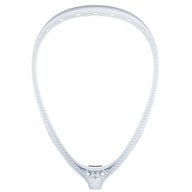
StringKing Mark 2G
5 Available

STX Eclipse
1 Available
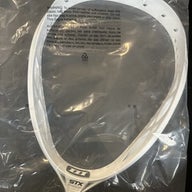
STX Eclipse 3
4 Available
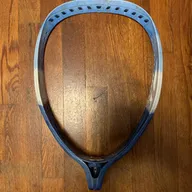
Brine Eraser
1 Available

Brine Eraser 2
1 Available
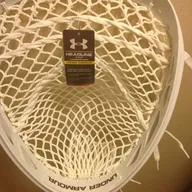
Under Armour Headline
6 Available
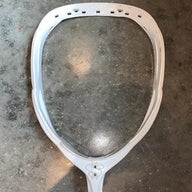
Brine Money
1 Available

Warrior Nemesis 2
1 Available

Warrior Nemesis QS
1 Available
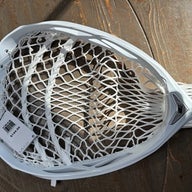
Nike Prime elite
6 Available

Nike Prime Elite
5 Available
Shop by Brand
Warrior Lacrosse HeadsWarriorSTX Lacrosse HeadsSTXECD Lacrosse HeadsECD LacrosseBrine Lacrosse HeadsBrineHEAD Lacrosse HeadsHEADNike Lacrosse HeadsNikeMaverik Lacrosse HeadsMaverikTribe7 Lacrosse HeadsTribe7True Lacrosse HeadsTrue
118 Results
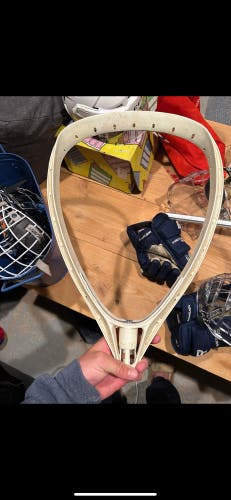
Gooddeals13

Type1Strings

Kern918
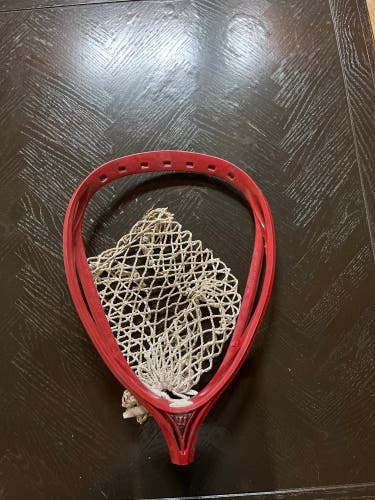
drad3

EnanM
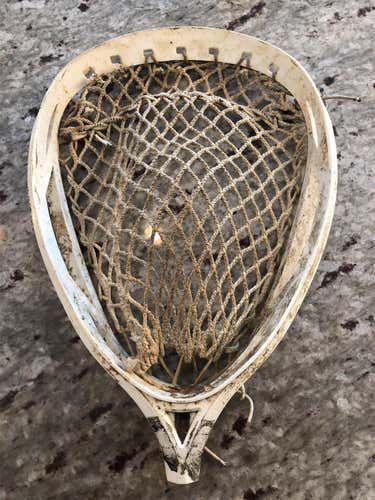
Easy_eddie2
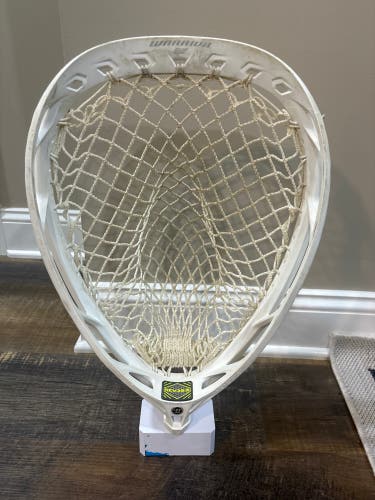
Bradynbelcher

CEbert08
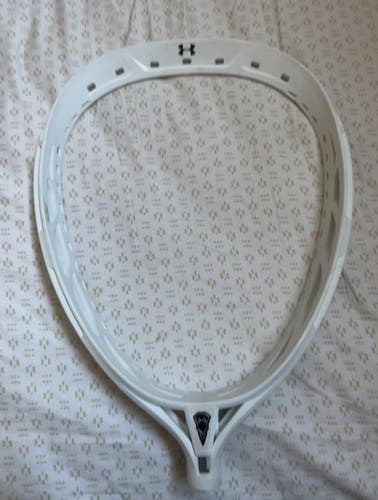
hihteprintup83

PIASRaleigh

PIASrocNY

Logan_Shamblin

QuickChange
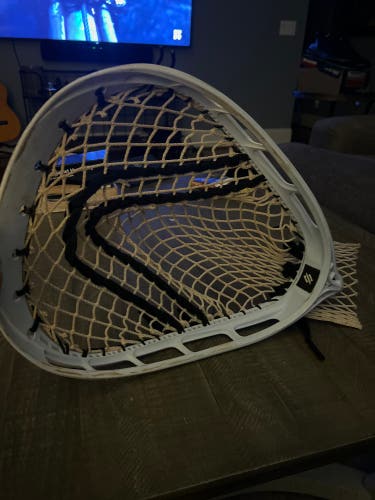
TMReggie
String King Lacrosse Head
$61$7215%


ThePlayersCloset
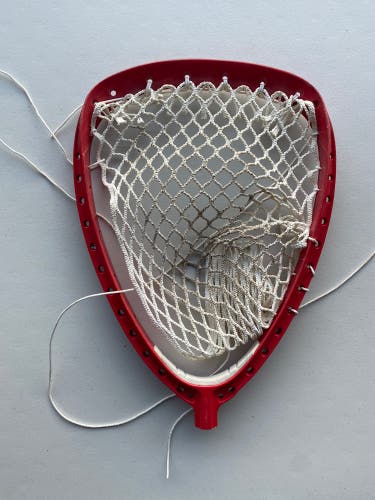
VintageLaxBrand

laxgoalie001
Stx lacrosse goalie head . Strung
$40$4511%


NNick533

Jroesch5

Goalie32lax

laxgoalie001
STX lacrosse goalie head strung
$40$4511%

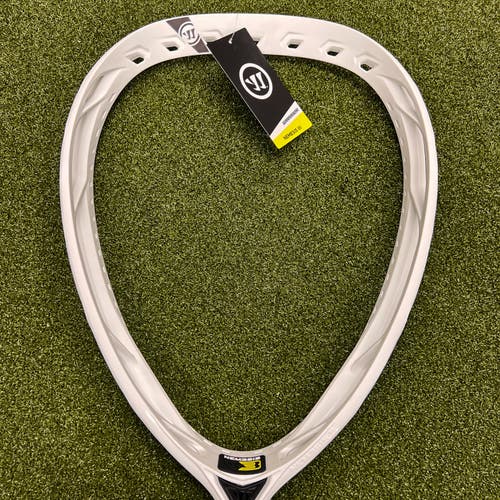
Him621239
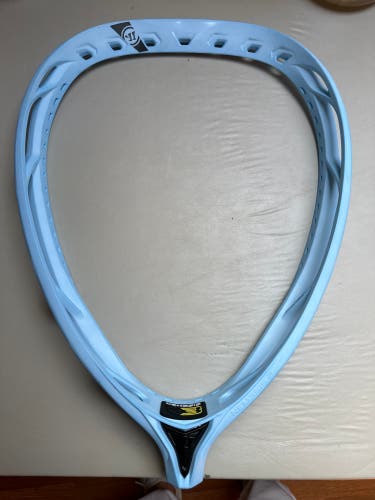
Jkriks28

StevenChau
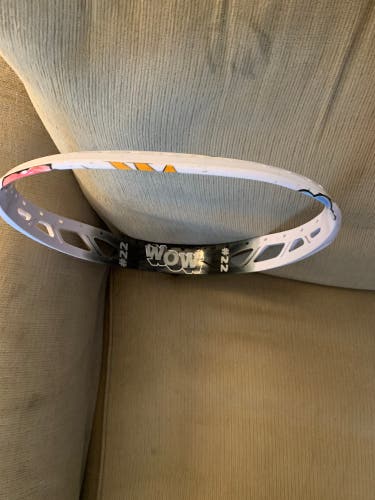
LLogan954426

Sportsequipment
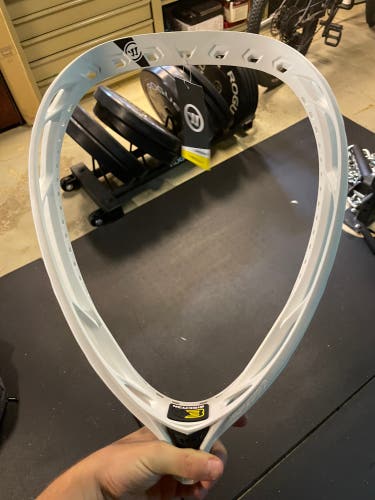
charlesbogert
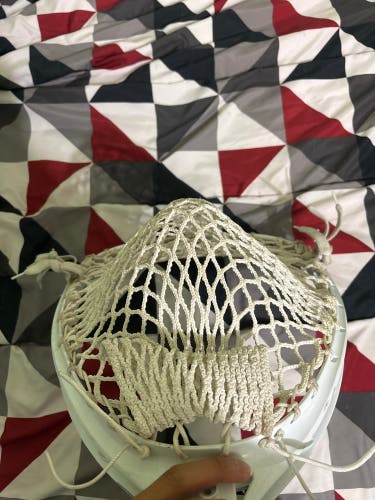
StevenChau
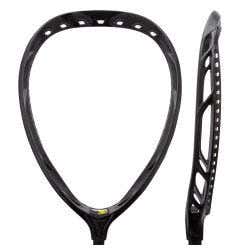
Bulldogsports
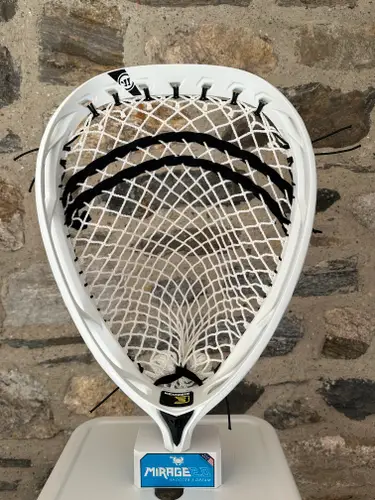
gilligan

Mgmurley
